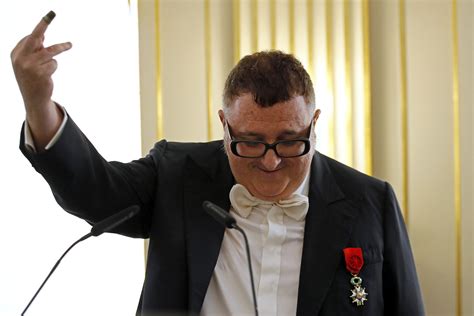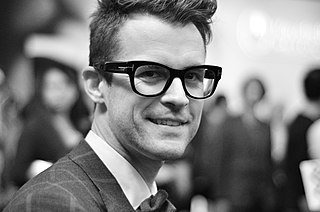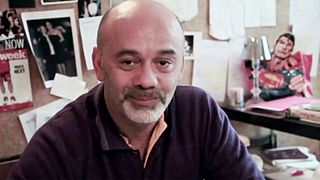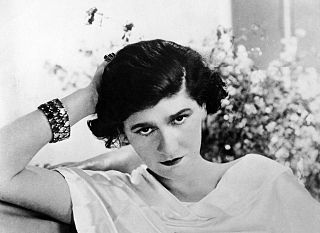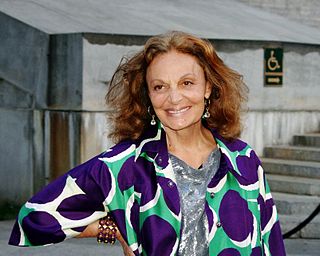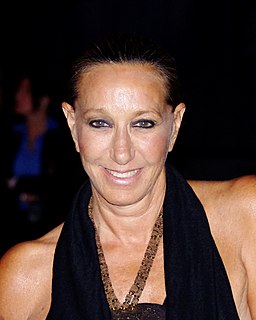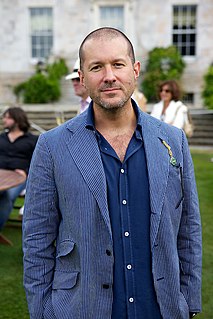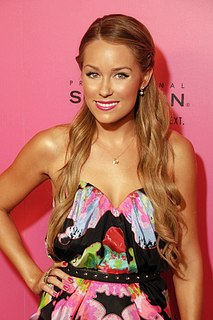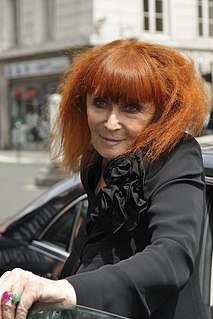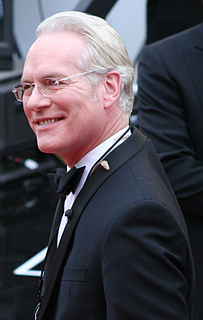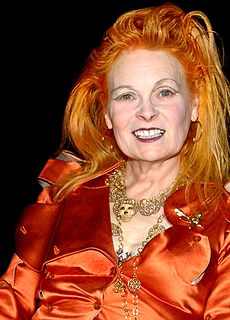Top 71 Quotes & Sayings by Colleen Atwood
Explore popular quotes and sayings by an American designer Colleen Atwood.
Last updated on April 22, 2025.
When I do period work, I really like to read about the period as much as I like to look at pictures because sometimes the written word is much better at conveying what their lives were really like and how much they had and where their clothes came from. Because, a lot of time, people dressed in their Sunday best to pose for a picture.
I design for the movie and the character as well as the person wearing the costume. I show the ideas to the actor, then do fittings for shape and technical things such as movement in the costume. Once the costume in this form is on the actor, you have a sense of their connection with it. I then take it to the next level with the final fit.
I grew up in a small town in Washington State, so I wasn't really aware of costume design as a career growing up, but I loved clothes. I remember I saved all my money, and the first thing that I bought was a white blazer, which was to the horror to my parents. But I have always had a strange connection with clothing.

